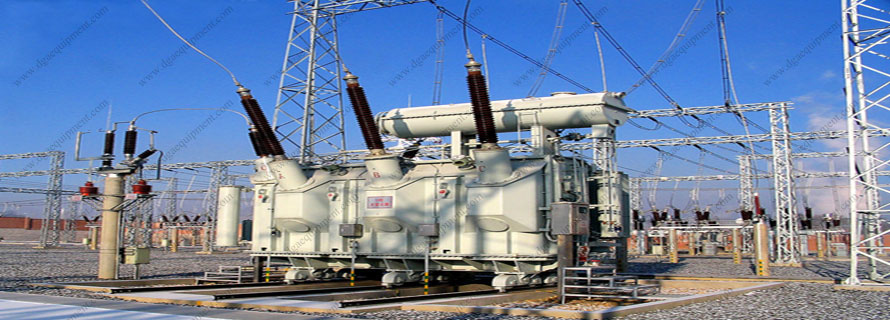ASTM D3338 Test Method for Estimation of Net Heat of Combustion of Aviation Fuels
4. Summary of Test Method
4.1 A correlation (6) in inch-pound units has been established between the net heat of combustion and gravity, aromatic content, and average volatility of the fuel. This correlation was converted to SI units; the relationships are given by the following equations:
Type Fuel
All aviation gasolines, aircraft turbine, and jet engine fuels
Equation
Qp1 = 16.24(G) - 3.007(A) + 0.01714(G x V) - 0.2983(A x G) + 0.00053(A x G x V) + 17685
or in SI units
Qp2 = [5528.73 - 92.6499A + 10.1601T + 0.314169AT]/D + 0.0791707A - 0.00944893T - 0.000292178AT + 35.9936
where:
Qp1 = net heat of combustion, [Btu/lb] sulfur-free basis,
Qp2 = net heat of combustion, MJ/kg, sulfur-free basis,
A = aromatics, volume %
G = gravity, API,
V = volatility: boiling point or average of Test Method D86 or D2887 10 %, 50 %, and 90 % points, [°F],
D = density, kg/m3 at 15°C
T = volatility: boiling point or average of Test Method D86 or D2887 10 %, 50 %, and 90 % points, °C.
4.2 To correct for the effect of the sulfur content of the fuel on the net heat of combustion, apply the following equation:
Q = Qp x [1 - 0.01(S1)] + C(S1)
where:
Q = net heat of combustion, MJ/kg or [Btu/lb], of the fuel containing S1 weight percent sulfur,
Qp = Qp1 [inch-pound units] or Qp2 (SI units),
S1 = sulfur content of the fuel, mass %, and
C = 0.10166 (SI units) or [43.7 (inch-pound units)] = a constant based on the thermochemical data on sulfur compounds.
4.3 The empirical equations for the estimated net heat of combustion, sulfur-free basis, were derived by stepwise linear regression methods using data from 241 fuels, most of which conform to specifications for aviation gasolines and aircraft turbine or jet engine fuels.
5. Significance and Use
5.1 This test method is intended for use as a guide in cases where experimental determination of heat of combustion is not available and cannot be made conveniently and where an estimate is considered satisfactory. It is not intended as a substitute for experimental measurements of heat of combustion. Table 1 shows a summary for the range of each variable used in developing the correlation. The mean value and an estimate of its distribution about the mean, namely the standard deviation, is shown. This indicates, for example, that the mean density for all fuels used in developing the correlation was 779.3 kg/m3 and that two thirds of the samples had a density between 721.4 and 837.1 kg/m3, that is, plus or minus one standard deviation. The correlation is most accurate when the values of the variables used are within one standard deviation of the mean, but is useful up to two standard deviations of the mean. The use of this correlation may be applicable to other hydrocarbon distillates and pure hydrocarbons; however, only limited data on non-aviation fuels over the entire range of the variables were included in the correlation.
NOTE 4 - The procedures for the experimental determination of the gross and net heats of combustion are described in Test Methods D240 and D4809.
5.2 The calorimetric methods cited in Note 4 measure gross heat of combustion. However, net heat is used in aircraft calculations because all combustion products are in the gaseous state. This calculation method is based on net heat, but a correction is required for condensed sulfur compounds.



